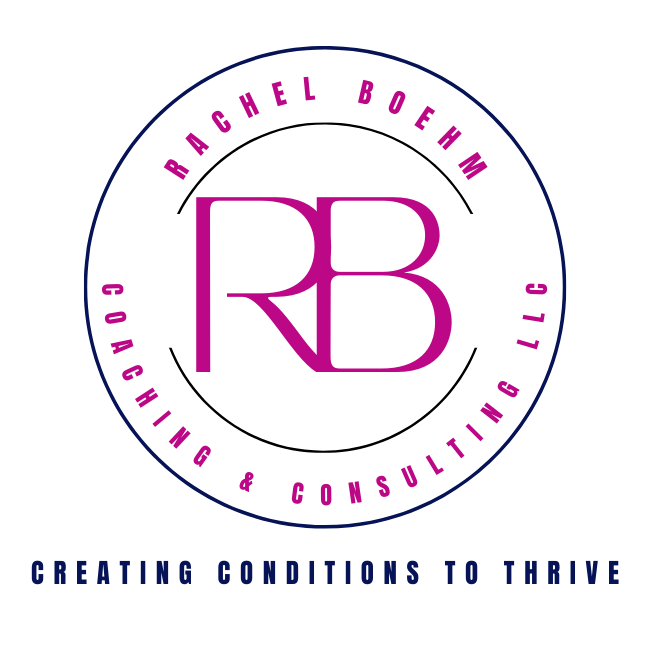Better Posture, Better Health: The mental & physical health benefits of standing tall.
The THRIVE Global Community reminded us of how good or poor posture can affect our productivity. But what about our health? What’s the connection between your posture and your mental and physical health?
Mental
Pulling from an article in US News and World Report: A 2017 study published in the Journal of Behavior Therapy and Experimental Psychiatry found that “adopting an upright posture may increase positive affect, reduce fatigue and decrease self-focus” in individuals with mild to moderate depression.
These results were similar to a 2014 study published in Health Psychology, which found that people who sat upright reported higher self-esteem, better alertness and mood, and less fear than those who slouched.
Similarly, a 2009 study from Ohio State University found that individuals who sat up straight were more likely to have confidence in their thoughts.
And, yet another study in 2004 found it’s easier to generate positive thoughts in an upright posture, while negative thoughts increase in a slumped posture. You can read more about this study, and go more in-depth on body-based psychotherapy in this article from Psych Central.
Physical
Poor posture distributes your weight improperly through your body, putting more stress on certain muscles and joints. This means your body has to work harder than it should, thus contributing to increased fatigue.
This misdistribution of weight and strain means that some muscles will become tight and inflexible, while others become loose and inhibited.
A nice list from Mayo Clinic sums up the physical effects of poor posture:
- Headaches
- Back pain
- Neck pain
- Knee and hip pain
- Foot pain
- Shoulder pain and impingement
- Jaw pain
- Fatigue
- Breathing problems
Poor posture can increase your risk for accidents, and negatively affects lung capacity, circulation, and digestion. Poor posture can also exacerbate or contribute to low back pain, scoliosis, and arthritis.
What to Do?
If able, check with a physical therapist to get an assessment of where your body is currently compared to where it should be for optimal health.
Move more in general, to increase your circulation, and pick up a foam roller. Foam rolling also boosts circulation and can help you break down some of the adhesions in your muscle fascia that have developed from poor posture. If you have a chronic condition, check with your medical provider prior to foam rolling.
And, if you’re not familiar with foam rolling, here’s a full-body guide from yours truly.

